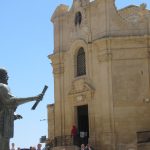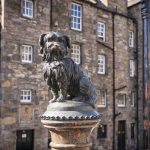This post takes you on a stroll around central Bordeaux, introducing the city’s highlights and giving a little flavour and background history. This walk, done ‘virtually’ is great preparation for a visit you are planning to make later. If you are doing it for real, allow at least an hour to get round the route and – of course! – longer if you want to stop for photos or coffee, or to go inside any of the places mentioned. General directions are given, but take a map with you, perhaps a free one collected from the Tourist Office at 12, Cours du 30 Juillet, right at the start of the suggested route.
the girondins monument and place de la comedie

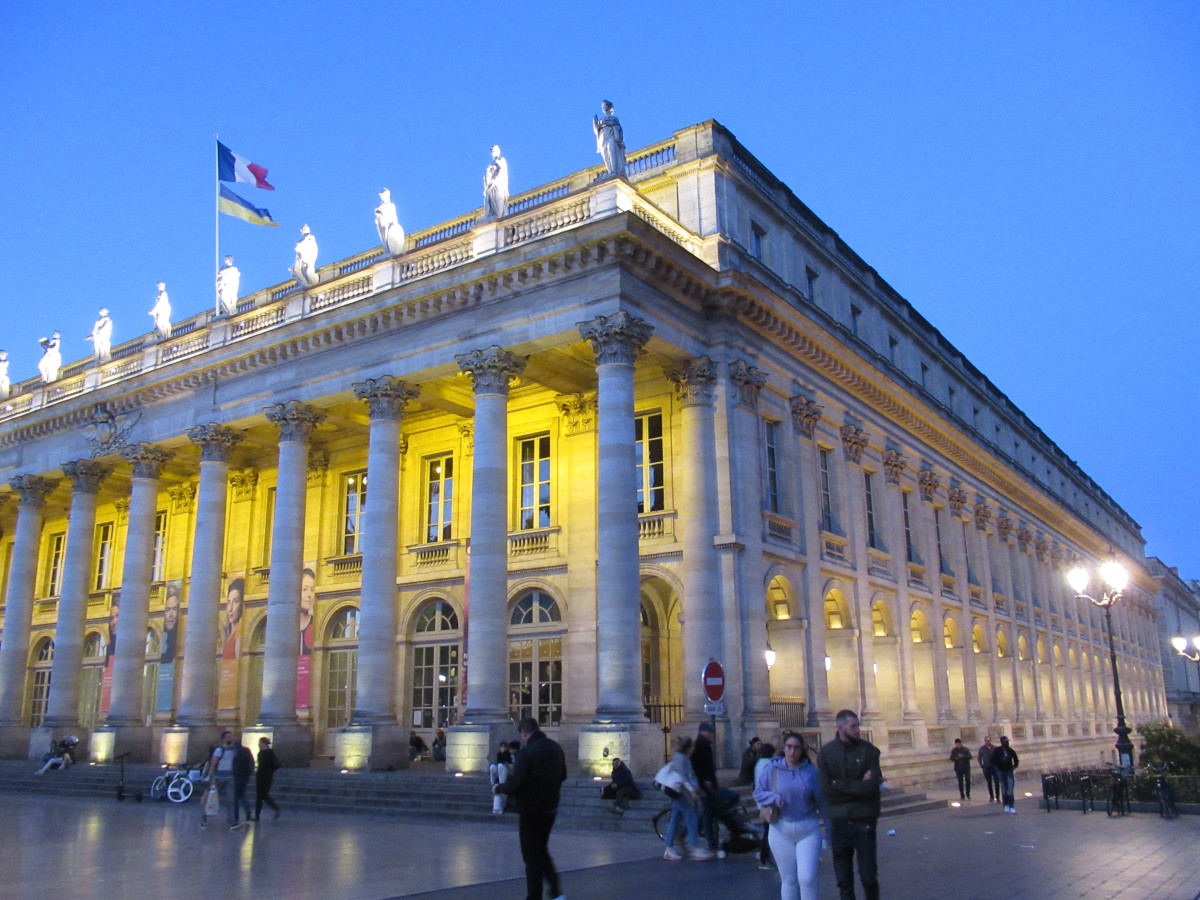
Start at the Girondins Monument, a tribute to 22 politicians from the Gironde area for their role in the French Revolution. The Girondins were anti-monarchists, in favour of executing the king, but then they opposed the excessive violence that followed, which culminated in the period now known as La Terreur. For this, they were rounded up as ‘anti-revolutionaries’ and executed. This huge monument is topped by – what else? – a statue of Liberty breaking her chains and its many other sculptures celebrate republican values such as security and education. The pools and fountains around the edge make it photogenic … and popular on hot summer days!
Just along the Cours du 30 juillet, the road opens out into the Place de la Comédie, site of the renowned Grand Théâtre, a veritable Bordeaux institution. Its façade is imposing (Corinthian columns, 12 statues of muses and goddesses) and you can book a guided tour to discover the impressive interior. The grand staircase is said to have inspired the one at the Opéra Garnier in Paris and the interior is sumptuous blue, white and gold, the colours of royalty, which is ironic, as the building was completed in 1780, less than a decade before the French Revolution. But its cupola and newly refurbished frescos are beautiful and the acoustics are said to be perfect.
The Grand Théâtre opened with a performance of Racine’s Athalie, but today the programme is largely musical. There are operas of all kinds, from Donizetti to Gershwin’s Porgy and Bess, as well as a huge and varied programme of orchestral and chamber music, recitals, jazz, world music and choral singing. The Bordeaux National Orchestra is based here, consisting of over a hundred musicians, as are the Bordeaux National Ballet and the Bordeaux National Opera Choir. You can buy tickets here.
the place pey-berland

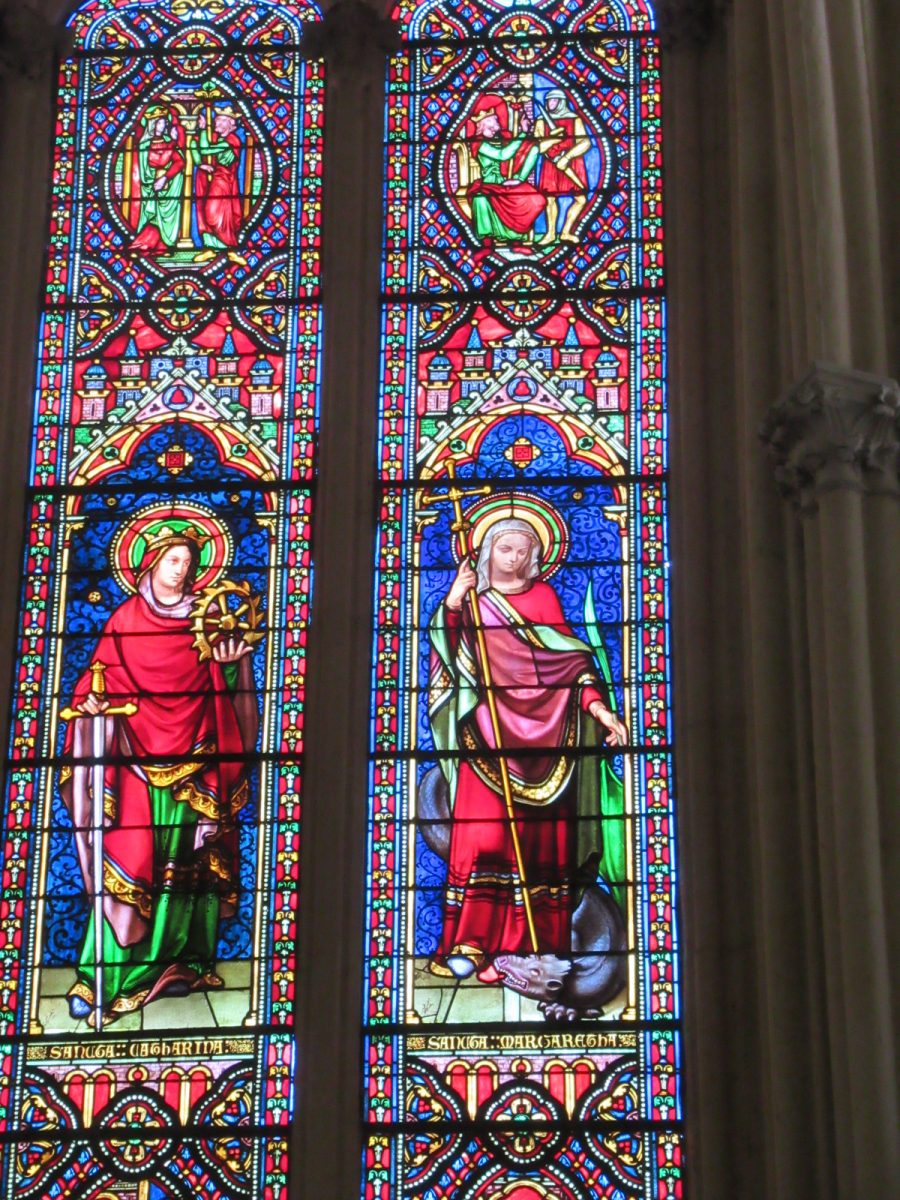
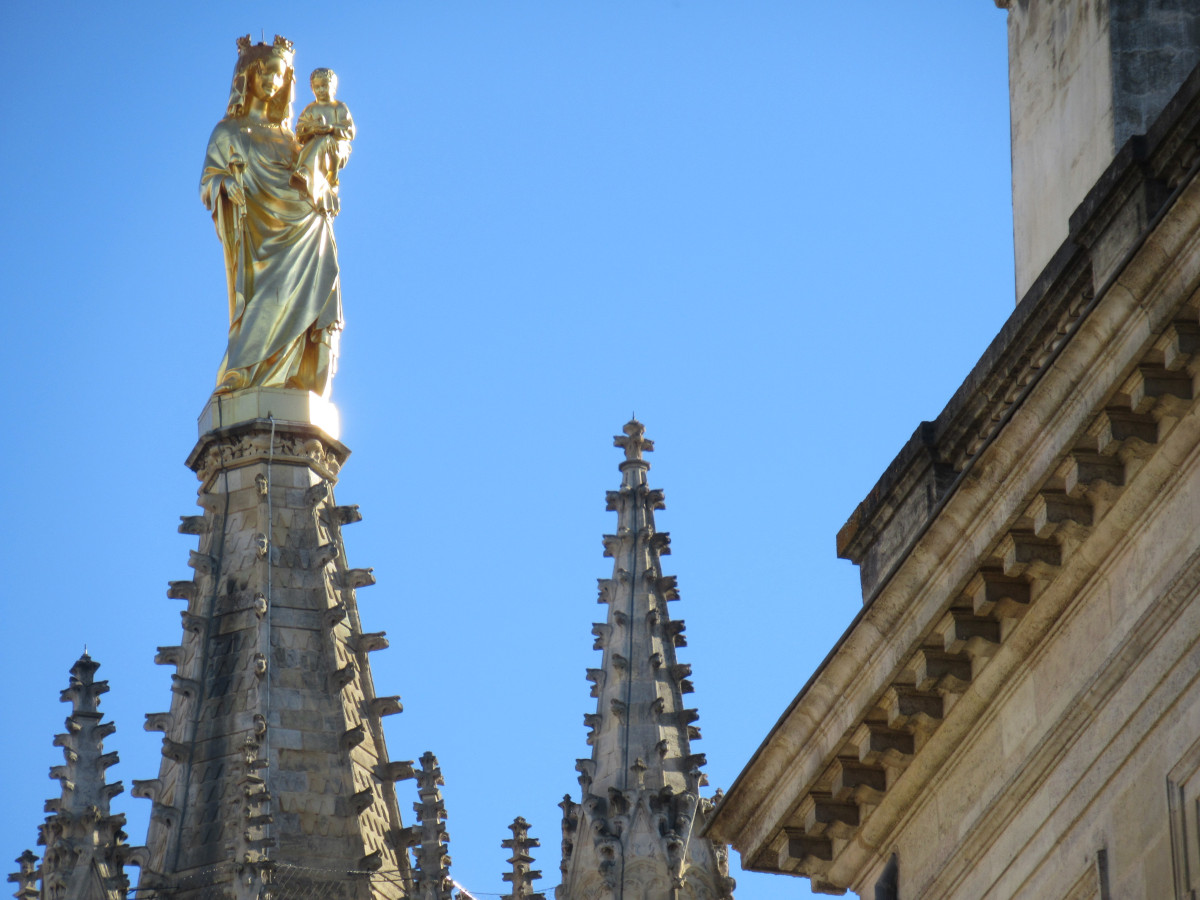
This central square is a good place to linger, being surrounded by cafés and restaurants and home to the St André Cathedral, the Town Hall and other civic buildings. In the cathedral, seek out the older, western end where Eleanor, Duchess of Aquitaine, married the future King Louis VII. In July 1137, when the wedding took place, the church would have looked very different, being decorated with brightly coloured sculptures, but you can still see traces of medieval frescos on the walls. And above the Royal Portway, a doorway half way down the nave through which the bride entered, you can see three statues marking the occasion, of Eleanor and Louis and of the bishop who married them.
Other momentous events here include the anointing of one of Bordeaux’s bishops as pope in 1305 and, in 1615, another royal wedding between Louis XIII and Anne of Austria, both aged 14 and future parents of Louis XIV. The cathedral’s Bell Tower is a separate building, the Tour Pey-Berland, built in the 15th century and topped by a golden statue of ‘Our Lady of Aquitaine’. If you book ahead, you can climb the 233 steps to the top for a closer look at what the French guide books call ‘un panorama unique’. That is, views over the city and the surrounding Médoc countryside where the tower’s patron, Bishop Pey-Berland, was born.
Two stunning towers
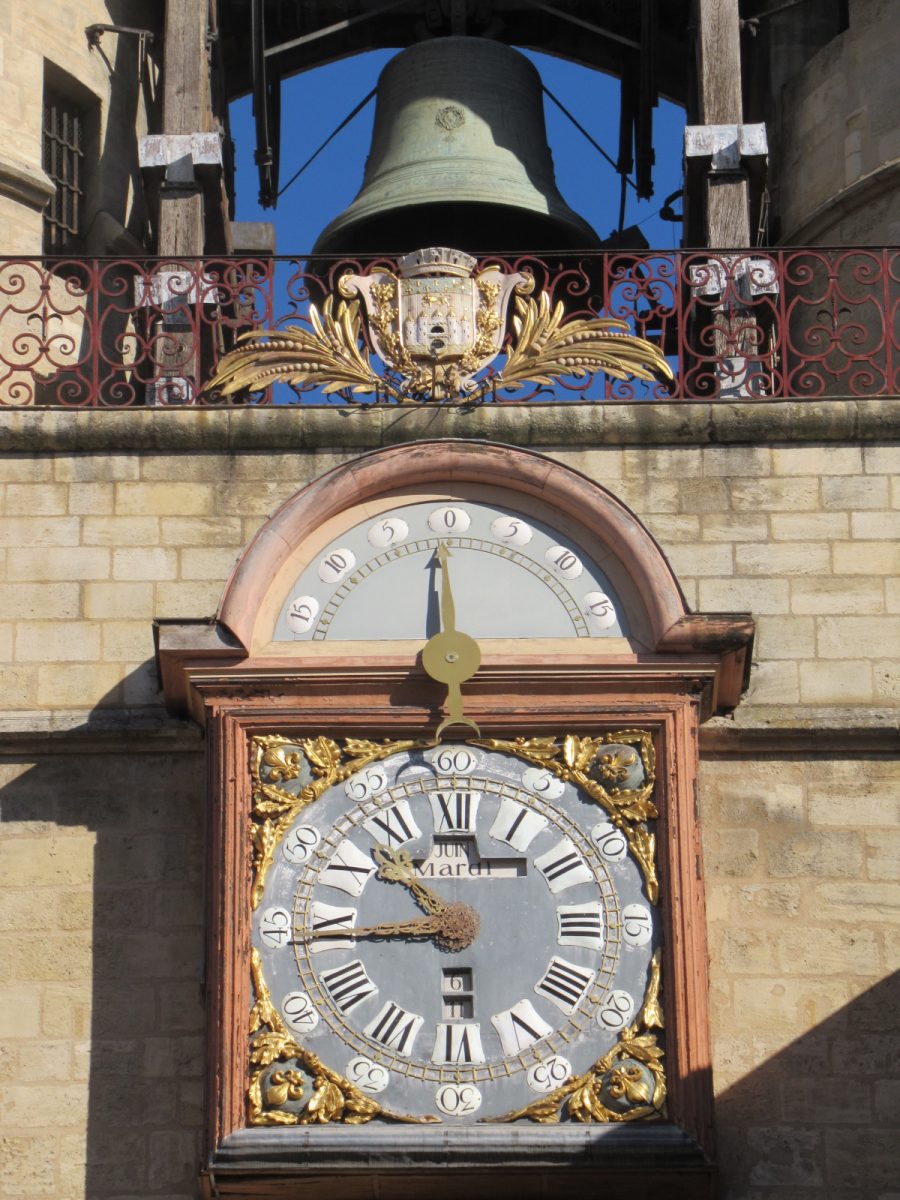

From the Place Pey-Berland follow the Cours Pasteur down to the wonderful Musée d’Aquitaine (there’s more on this on the podcast), then turn into Cours Victor Hugo to find the very photogenic Grosse Cloche, or ‘Big Bell’ in English. It’s a little piece of medieval Bordeaux, in fact the only surviving city gate from that period, and it’s a stunner: elegant archway, little turrets with pointy hats surrounding the bell tower and what was, in 1759 when it was added to the tower, a state-of-the-art clock designed by a mathematician-cum-astronomer. No wonder it’s featured on the city coat of arms since the Middle Ages.
On your way to the quayside, make sure you pass the Porte Cailhau, built right at the end of the 15th century to defend the city from enemies arriving by river. The English, mainly, who had recently been chased off after 300 years. Hence the portcullis and arrow slits. But it was to be a triumphal archway too, celebrating the recent victories in Italy of Charles VIII, so that explains the statue of him and the royal coat of arms. You can go inside to see an exhibition on its history, and to enjoy stunning views over the rooftops of Bordeaux and the River Garonne.
place de la bourse and the miroir d’eau

Here is the Bordeaux you will see most often on postcards. The square was designed in the 1730s by the royal architect, Jacques Gabriel, tasked with clearing away narrow, dark streets and building something fit ‘for posterity’, as he put it, to make the most of the stunning riverside setting. The elegant, symmetrical curve of the two main buildings, originally the city’s customs house and stock market, is classical architecture at its loveliest: sculpted pediments, bell towers, archways all along the ground floor, under the elegant balustrades further up. The river forms the square’s 4th side, meaning Bordeaux looks outwards to the world and visitors arriving by boat get a stunning first impression.
A visit here is enhanced by the Miroir d’Eau, the world’s largest water mirror, installed in 2006 as part of the quayside’s redevelopment and set back towards the river, providing a perfect view of the square. At any time of year, the 2cm deep water covering the ‘mirror’ – actually slabs of granite – reflects the beauty of the buildings on Place de la Bourse. From April to October the added feature of little water jets, squirting mists of vapour into the air at regular intervals, are a feature whose value as a coolant – you are free to wander over the ‘mirror’ – will be appreciated by anyone visiting Bordeaux on a hot day.
Just up the riverside, turn left into the enormous Place des Quinconces, at whose far end is the Monuments des Girondins where this walk began. This enormous empty space, the largest open square in Europe, was created when a château was demolished in the 18th century. Today it’s used for fairs and sporting or artistic events, as a transport hub for the city’s trams and buses and as a general breathing space for Bordeaux citizens or visitors who’d like a stroll. As you cross it, look out for the two lighthouse statues, representing the city’s maritime history and for statues of her two most illustrious philosophers, Montaigne and Montesquieu.
listen to the podcast
reading suggestion
Eleanor of Aquitaine by Alison Weir
links for this post
Tour of the Grand Théâtre
Tickets for the Grand Théâtre
Book ahead to climb the Tour Pey-Berland
Musée d’Aquitaine
The Grosse Cloche
The Porte Cailhau
Previous episode Introduction to Bordeaux
Next episode Bordeaux in Roman and Medieval Times
Last Updated on July 20, 2024 by Marian Jones



